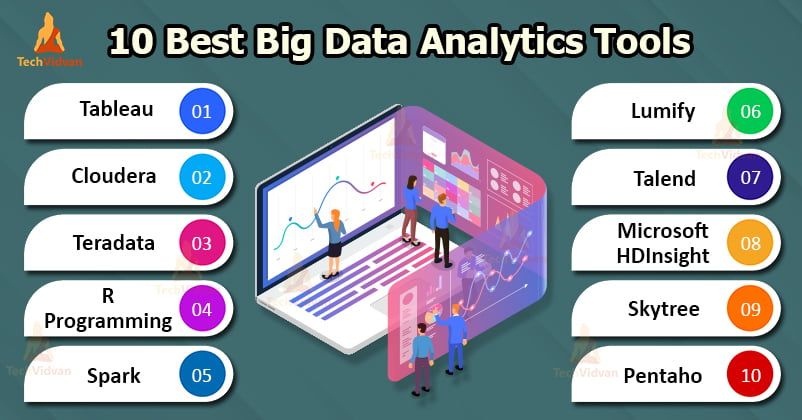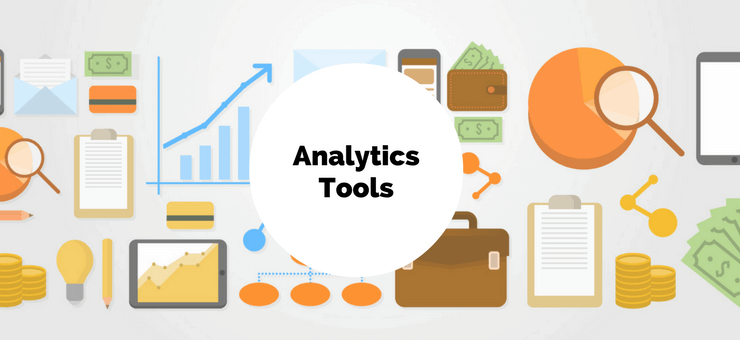Increase Effectiveness and Productivity Via Data Analytics
In today's data-driven landscape, businesses are significantly recognizing the crucial duty of information analytics in improving operational effectiveness and productivity. By methodically assessing information, organizations can reveal essential insights that notify critical choices, enhance processes, and tailor client experiences.
Comprehending Data Analytics
In today's data-driven landscape, recognizing information analytics is crucial for companies intending to enhance functional performance and drive earnings. Information analytics entails the systematic computational analysis of information sets to reveal patterns, connections, and insights that inform decision-making. By utilizing numerous strategies, such as analytical analysis, artificial intelligence, and predictive modeling, organizations can change raw data right into actionable intelligence.
The process usually starts with data collection, where appropriate details is collected from numerous sources, consisting of transactional data sources, customer interactions, and market trends. This data is after that cleansed and organized to make sure accuracy and uniformity. As soon as the information is prepared, analytical tools and software are utilized to check out and envision the details, allowing stakeholders to recognize abnormalities and trends.
Eventually, understanding data analytics empowers organizations to make enlightened decisions based upon empirical proof as opposed to instinct. It assists in targeted strategies that can enhance resource allotment, improve customer fulfillment, and boost overall efficiency. As organizations significantly identify the worth of data-driven insights, a solid grip of information analytics becomes a vital competency for leaders and groups alike, placing them for continual success in a competitive environment.

Key Advantages for Companies
Companies that take advantage of data analytics can open a wide range of benefits that dramatically improve their procedures and earnings. One of the main advantages is enhanced decision-making. Data analytics provides actionable understandings obtained from real-time information, enabling businesses to make informed options that align with market demands and customer preferences.

In addition, information analytics cultivates improved client experiences. By recognizing consumer habits and choices, organizations can customize their offerings, bring about increased contentment and commitment. This personalized approach typically causes greater conversion rates and repeat company.
In addition, information analytics allows services to identify emerging trends and opportunities. By remaining in advance of the curve, companies can maximize new markets and developments prior to their rivals.
Applying Data-Driven Methods
Successful application of data-driven techniques requires a thorough understanding of both offered information and business goals sources. Organizations must initially define their purposes plainly, making sure positioning in between data efforts and strategic purposes. This quality enables groups to concentrate on pertinent metrics and understandings that drive decision-making.
Next, organizations ought to examine their existing data framework. This involves evaluating information quality, access, and combination capacities. High-grade data is essential for precise analysis, as bad information can bring about misdirected strategies and lost sources. Organizations needs to establish processes for information collection, cleansing, and administration to maintain information stability.
Furthermore, cultivating a data-driven culture is crucial. Workers in all degrees should be encouraged to leverage information in their everyday operations. Training workshops and programs can boost information literacy, equipping personnel to make educated choices based upon logical understandings.
Tools and Technologies Summary
A navigate to this site robust collection of devices and technologies is necessary for companies intending to harness the complete capacity of information analytics. These devices promote the collection, handling, and visualization of data, making it possible for Home Page businesses to acquire workable understandings.
At the fundamental level, information monitoring systems such as SQL data sources and NoSQL systems supply reliable information storage space and access capacities. For information handling and evaluation, shows languages like Python and R, in addition to structures such as Apache Spark, enable complex calculations and artificial intelligence applications.
Visualization tools, including Tableau and Power BI, change raw information right into user-friendly graphical layouts, making understandings accessible to stakeholders in all degrees. Furthermore, cloud-based systems like Google Cloud and AWS provide scalable storage space and handling options, fitting the growing quantities of information organizations encounter.
For innovative analytics, anticipating modeling and AI-driven solutions are increasingly taken on, enabling companies to anticipate patterns and boost decision-making procedures. Integrating these devices into existing workflows is extremely important; companies that efficiently leverage this innovation can substantially resource enhance functional performance and drive profitability. Hence, investing in the right devices and modern technologies is a calculated critical for any data-driven organization.
Instance Researches of Success
Leveraging information analytics has led countless organizations to attain amazing renovations in performance and profitability. One notable situation is a big retail chain that applied anticipating analytics to optimize stock administration. By assessing historic sales information and consumer fads, the firm decreased excess stock by 30%, causing substantial expense financial savings and enhanced money flow.
An additional example can be discovered in the manufacturing industry, where a leading automobile maker used information analytics to improve its production procedures. By keeping an eye on maker performance in real-time, the organization recognized traffic jams and inefficiencies, leading to a 20% rise in overall tools efficiency (OEE) This not only increased manufacturing rates but additionally minimized downtime and upkeep prices.

These instance studies highlight exactly how data analytics can drive tactical decision-making, enhance processes, and ultimately boost both efficiency and productivity across numerous industries.
Verdict
In conclusion, the integration of data analytics right into business operations presents substantial opportunities for improving effectiveness and earnings. By methodically evaluating data, companies can recognize ineffectiveness, maximize consumer experiences, and make notified decisions.
In today's data-driven landscape, understanding data analytics is necessary for companies intending to enhance operational efficiency and drive productivity. Information analytics includes the methodical computational analysis of data sets to reveal patterns, correlations, and understandings that notify decision-making. Data analytics supplies actionable understandings obtained from real-time data, allowing businesses to make educated selections that straighten with market needs and consumer preferences.
High-grade information is necessary for precise evaluation, as inadequate data can lead to illinformed methods and squandered resources. Organizations has to establish procedures for information collection, cleaning, and monitoring to preserve information stability.